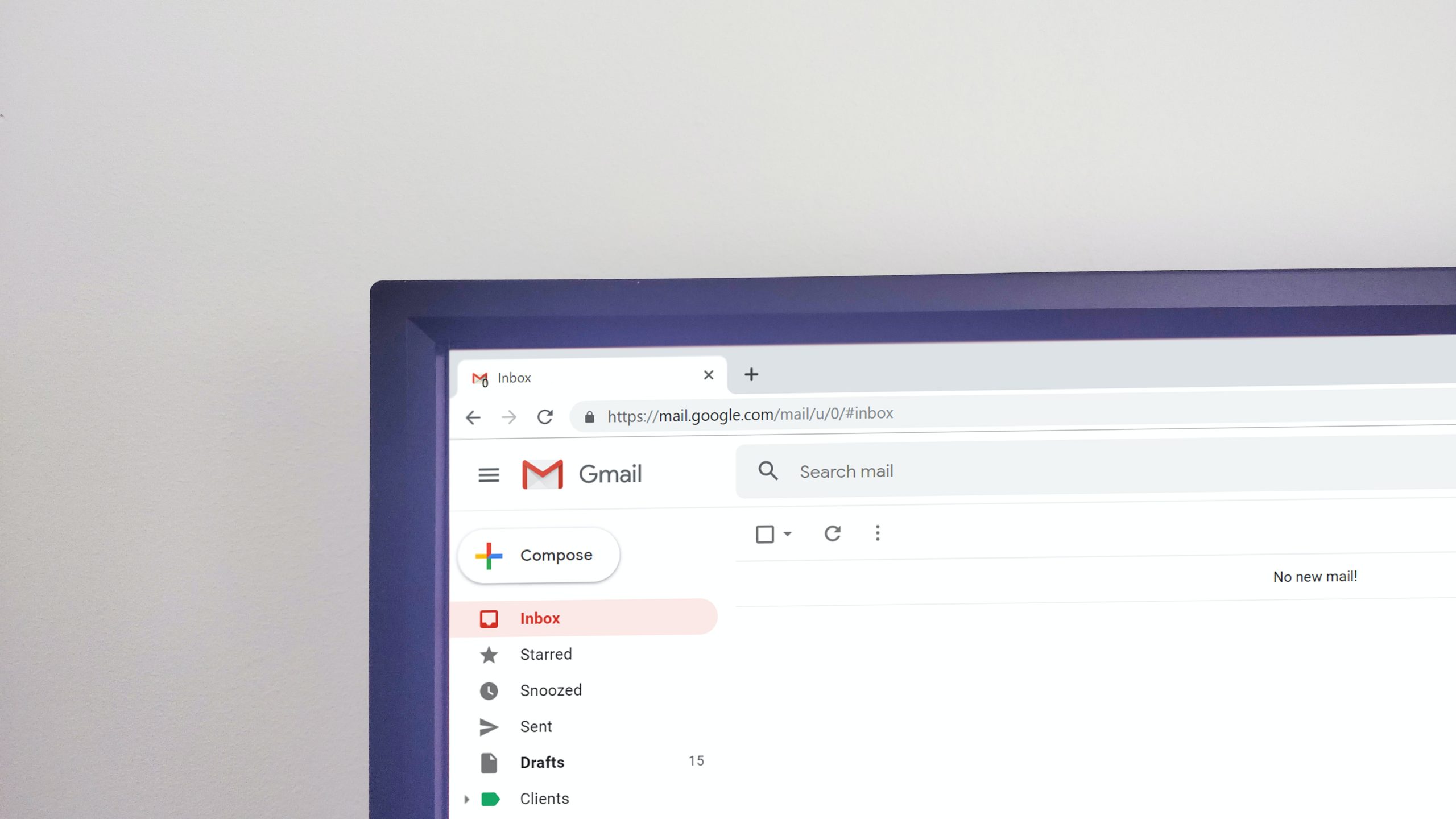Imagine sending an important email to a potential client, only to find it buried in the depths of their spam folder, never to be seen or opened. Frustrating, right? Well, understanding how Internet Service Providers (ISPs) and email deliverability work is crucial if you want your messages to hit the inbox every time. In this article, we’ll delve into the mysterious world of ISPs and unveil expert tips that will ensure your emails not only beat the spam filters but also grab attention from recipients. So put on your detective hat as we uncover the secrets behind conquering the inbox.
The importance of email deliverability for businesses
Email marketing has become a crucial component of modern business strategies. However, what many businesses fail to realize is that the success of their email campaigns relies heavily on email deliverability. Deliverability refers to the ability of an email to reach its intended recipient’s inbox rather than getting flagged as spam or landing in the dreaded abyss of the junk folder.
One key reason why good email deliverability is paramount for businesses is that it directly impacts engagement rates. If your emails are not making it into your subscribers’ inboxes, they will never have a chance to engage with your content or take action. Low deliverability means all your efforts in crafting compelling subject lines, persuasive copy, and attractive visuals go unnoticed because they simply don’t get seen.
Moreover, ISPs (Internet Service Providers) also use deliverability rates as one of the factors when deciding whether to flag an incoming email as spam. A high rate of emails being marked as spam can lead to severe consequences for businesses, including blacklisting and damage to their sender reputation. This can greatly affect future campaigns by lowering open rates and hindering communication with customers.
In conclusion, maintaining a high level of email deliverability should be a top priority for businesses aiming for successful marketing campaigns. By ensuring that your emails consistently land in recipients’ inboxes rather than getting lost in the vast sea of spam folders, you increase opportunities for engagement and conversions. Taking proactive steps like regularly monitoring bounce rates and using authentication practices will ensure that your messages reach their intended targets effectively and contribute positively.

Understanding ISP filters and how they work
ISP filters are essential tools used by Internet Service Providers to protect their users from spam, malware, and other malicious content. These filters work behind the scenes to analyze and categorize incoming email messages based on various factors. One crucial aspect that ISPs look at is the sender’s IP reputation. If your IP has a poor reputation or is associated with spamming activities, your emails are more likely to land in the junk folder or be blocked altogether.
To maintain good deliverability rates and ensure your emails reach the intended recipient’s inbox, it’s important to understand how ISP filters operate. These filters often use complex algorithms and machine learning techniques to assess an email’s content, sender authentication records (such as SPF and DKIM), and engagement metrics like open rates and click-through rates. By analyzing these factors, ISPs can determine whether an email appears legitimate or potentially harmful.
Keep in mind that each ISP may have different filtering rules or preferences, which means that what works with one provider might not work with another. Therefore, staying up-to-date on best practices for email delivery and understanding ISP filter behavior can greatly improve your chances of hitting the coveted inbox rather than getting flagged as spam.
Best practices for improving email deliverability
- Segment and personalize your email lists: One of the most effective ways to improve email deliverability is by segmenting your email lists based on factors such as demographics, interests, or past engagement. This allows you to send targeted and relevant content to each segment, increasing the likelihood that subscribers will engage with your emails. Additionally, personalizing your emails by including the recipient’s name or other personal details can make them feel more valuable and increase open rates.
- Keep a clean email list: Maintaining a healthy and engaged subscriber base is crucial for good deliverability rates. Regularly clean your email list by removing inactive subscribers or those who have consistently marked your emails as spam. Use techniques like re-engagement campaigns to re-ignite interest from dormant subscribers before potentially removing them from your list.
- Monitor and optimize sending frequency: Finding the right balance in sending frequency is critical for maintaining good deliverability rates. Sending too many emails can result in subscriber fatigue and increased unsubscribe rates, while sending too few may lead to reduced engagement and less Inbox placement over time. Monitor metrics like open rates, click-through rates, and unsubscribe rates to determine an optimal sending cadence for different segments of your audience.
By adopting these best practices for improving email deliverability, you can increase the chances of hitting the inbox consistently and effectively engage with your subscribers on a whole new level.

Monitoring and analyzing email performance
Monitoring and analyzing email performance is essential for any organization that relies on email marketing. By closely tracking key metrics such as open rates, click-through rates, and bounce rates, businesses can gain valuable insights into their audience’s interests and behaviors. This data can then be used to optimize future email campaigns and improve overall deliverability.
One important aspect of monitoring email performance is the analysis of engagement metrics. While open and click-through rates provide a general idea of how well an email campaign is performing, drilling down deeper into engagement can reveal more nuanced information. Metrics like time spent reading emails, the number of forwards or shares, and conversions resulting from specific campaigns can help marketers understand what content resonates with their subscribers the most.
Additionally, monitoring deliverability metrics is vital to ensure emails actually reach subscribers’ inboxes. Monitoring these metrics allows businesses to identify issues early on that may be affecting deliverability, such as high bounce rates or low sender reputation scores. By proactively addressing these issues through list hygiene practices or spam complaint management strategies, organizations can increase their chances of successfully hitting the inbox every time.
In conclusion, by consistently monitoring and analyzing email performance metrics, organizations can make data-driven decisions to optimize future campaigns for better engagement and deliverability. Utilizing these insights not only improves communication with customers but also enhances overall business success.
The role of authentication and reputation management
Authentication and reputation management play a crucial role in ensuring your emails are delivered to the inbox consistently. The authentication process involves implementing mechanisms like SPF, DKIM, and DMARC, which prove to internet service providers (ISPs) that you are who you claim to be. This builds trust with ISPs and helps establish a positive reputation for your email domain.
Reputation management goes hand in hand with authentication as it focuses on maintaining a good sender reputation. ISPs use various metrics, such as spam complaints, bounce rates, and engagement levels to assess the quality of your emails. By closely monitoring these metrics and taking proactive measures to address any issues, you can improve your reputation over time. This involves proper list hygiene practices like removing inactive subscribers regularly to increase engagement rates and reduce the chances of getting reported for spam.
Effective authentication and reputation management not only help you hit the inbox but also enhance your overall email deliverability rates. Being recognized as a trusted sender by ISPs improves the likelihood of having your messages reach their intended recipients without being marked as spam or ending up in the dreaded junk folder. By making these aspects central to your email marketing strategy, you can maintain strong deliverability rates that drive business growth while protecting valuable customer relationships from potential risks or damage caused by poor email delivery practices.
![]()
The impact of content and engagement on deliverability
When it comes to email deliverability, content and engagement play a fundamental role in whether your emails make it to the inbox or get relegated to the dreaded spam folder. ISPs like Gmail and Yahoo utilize complex algorithms that analyze both the content of emails and how recipients interact with them to determine their deliverability.
Firstly, crafting relevant and engaging content is crucial. ISPs are becoming increasingly adept at detecting unsolicited or low-quality email campaigns. By ensuring your subject lines are personalized, your content is valuable, and your design is visually appealing, you increase the chances of reaching your subscribers’ inbox.
Secondly, engagement metrics such as open rates, click-through rates (CTRs), and reply rates also heavily influence deliverability. If users consistently delete or mark an email as spam without opening it, ISPs interpret this as a lack of interest from their users and will likely begin filtering future emails from that sender accordingly.
In conclusion, maintaining a high level of content quality while creating engaging experiences for recipients is paramount for achieving excellent email deliverability. Strive to provide value through personalized messaging while monitoring engagement metrics closely. By doing so, you can maximize the chances of hitting the inbox always rather than being lost in the black hole of spam folders.
Conclusion: Ensuring high inbox placement rates consistently
In conclusion, ensuring high inbox placement rates consistently is essential for any successful email marketing campaign. Building and maintaining a positive sender reputation can drastically improve deliverability rates and keep your messages out of the spam folder. It’s crucial to follow best practices such as obtaining permission from recipients, regularly cleaning your email list, and segmenting your subscribers to send targeted and relevant content.
Moreover, incorporating authentication protocols such as SPF, DKIM, and DMARC can significantly increase inbox placement rates by verifying the authenticity of your emails. ISPs increasingly rely on these protocols to filter out spam and ensure that only legitimate messages reach their users’ inboxes. By implementing these measures correctly, you not only boost deliverability but also demonstrate credibility that encourages ISPs to prioritize your emails.
Furthermore, ongoing monitoring and analysis of key metrics like open rates, click-through rates, and bounce rates allow you to identify any delivery issues promptly and take necessary remedial action. Staying informed about evolving ISP rules and regulations ensures you stay compliant with their restrictions.
